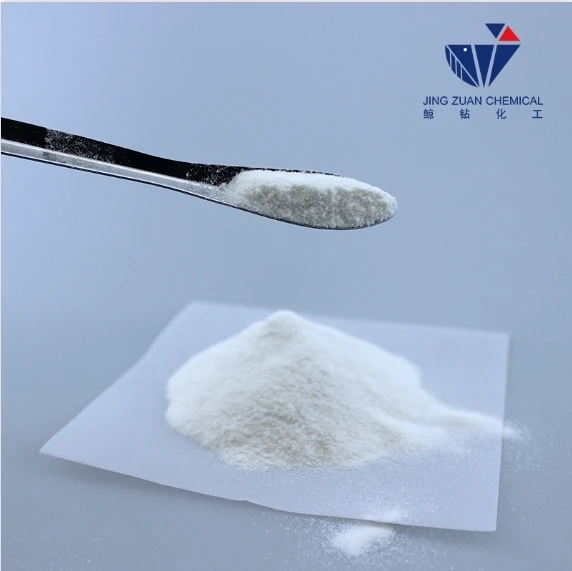
loka . 09, 2024 13:49 Back to list
hpmc structure
Understanding HPMC Structure An Overview
Hydroxypropyl Methylcellulose (HPMC) has gained significant attention in various industrial applications due to its unique properties and versatility. This article delves into the structure of HPMC, its characteristics, and the implications of its structure on its functionalities.
Definition and Composition of HPMC
HPMC is a semi-synthetic polymer derived from cellulose, a natural polymer found in the cell walls of plants. The process of creating HPMC involves chemical modification of cellulose, replacing hydroxyl groups with hydroxypropyl and methyl groups. This modification not only enhances its solubility in water but also imparts favorable properties that are beneficial for numerous applications.
The molecular structure of HPMC consists of a linear chain of anhydroglucose units, the fundamental building blocks of cellulose. These units are linked by β-1,4-glycosidic bonds. The introduction of hydroxypropyl and methyl groups at various positions along the glucan chain influences the polymer's physical and chemical properties significantly.
Structural Characteristics
The degree of substitution (DS) refers to the average number of substituent groups attached to each anhydroglucose unit. HPMC can have varying degrees of substitution, typically ranging from 0.2 to 2.0. The DS affects the water solubility, viscosity, and thermal stability of HPMC. Higher degrees of substitution generally enhance water solubility but can reduce the viscosity of solutions.
hpmc structure

Moreover, the molecular weight of HPMC varies widely, which also influences its properties. Higher molecular weight HPMC tends to form more viscous solutions, while lower molecular weight variants are easier to dissolve but offer less viscosity. These variations allow for custom formulations tailored to specific industrial needs.
Implications of Structure on Functionality
The unique structure of HPMC significantly impacts its functionality in different applications. In the pharmaceutical industry, HPMC is widely used as a drug delivery agent, excipient, and binder in tablet formulations. Its ability to form gel-like structures in the presence of water makes it ideal for sustained-release drug formulations, ensuring that active ingredients are released over a prolonged period.
In the construction sector, HPMC is used in cement and mortar formulations. Its water-retention properties enhance adhesion and improve workability, making it an essential additive for high-performance construction materials. The thixotropic nature of HPMC allows for thickened formulations that maintain stability until mixed or worked, at which point they return to a more fluid state.
The cosmetic and personal care industries also benefit from HPMC. Its emulsion-stabilizing properties allow for the formulation of creams and lotions that maintain their texture and consistency over time. Additionally, HPMC acts as a film-forming agent, providing a protective layer that enhances the longevity and effectiveness of topical products.
Conclusion
In summary, the structure of Hydroxypropyl Methylcellulose (HPMC) plays a critical role in its diverse functionality across various industries. The unique combination of cellulose-derived properties, coupled with the modifications achieved through the introduction of hydroxypropyl and methyl groups, results in a polymer that is not only versatile but also highly effective in numerous applications. As research and development continue, the understanding of HPMC’s structure will lead to innovations that expand its use in existing and emerging technologies. Knowing the intricacies of HPMC's molecular architecture empowers industries to unlock its full potential, leading to enhanced products that can meet ever-evolving consumer demands.
-
Versatile Hpmc Uses in Different Industries
NewsJun.19,2025
-
Redispersible Powder's Role in Enhancing Durability of Construction Products
NewsJun.19,2025
-
Hydroxyethyl Cellulose Applications Driving Green Industrial Processes
NewsJun.19,2025
-
Exploring Different Redispersible Polymer Powder
NewsJun.19,2025
-
Choosing the Right Mortar Bonding Agent
NewsJun.19,2025
-
Applications and Significance of China Hpmc in Modern Industries
NewsJun.19,2025







